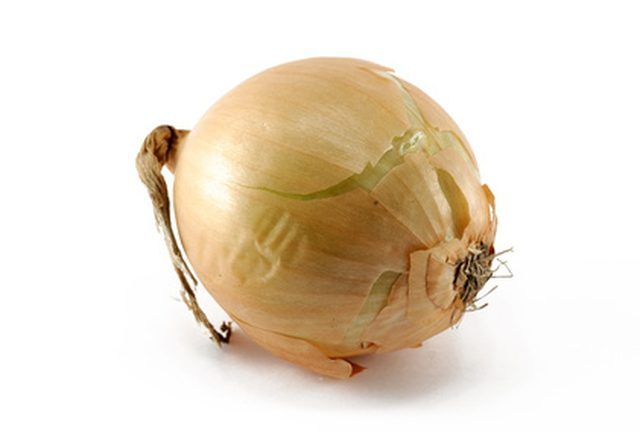Bulbs
Flower Basics
Flower Beds & Specialty Gardens
Flower Garden
Garden Furniture
Garden Gnomes
Garden Seeds
Garden Sheds
Garden Statues
Garden Tools & Supplies
Gardening Basics
Green & Organic
Groundcovers & Vines
Growing Annuals
Growing Basil
Growing Beans
Growing Berries
Growing Blueberries
Growing Cactus
Growing Corn
Growing Cotton
Growing Edibles
Growing Flowers
Growing Garlic
Growing Grapes
Growing Grass
Growing Herbs
Growing Jasmine
Growing Mint
Growing Mushrooms
Orchids
Growing Peanuts
Growing Perennials
Growing Plants
Growing Rosemary
Growing Roses
Growing Strawberries
Growing Sunflowers
Growing Thyme
Growing Tomatoes
Growing Tulips
Growing Vegetables
Herb Basics
Herb Garden
Indoor Growing
Landscaping Basics
Landscaping Patios
Landscaping Plants
Landscaping Shrubs
Landscaping Trees
Landscaping Walks & Pathways
Lawn Basics
Lawn Maintenance
Lawn Mowers
Lawn Ornaments
Lawn Planting
Lawn Tools
Outdoor Growing
Overall Landscape Planning
Pests, Weeds & Problems
Plant Basics
Rock Garden
Rose Garden
Shrubs
Soil
Specialty Gardens
Trees
Vegetable Garden
Yard Maintenance
How to Plant Onion Sets in Pennsylvania
How to Plant Onion Sets in Pennsylvania. Cool season vegetables, onions propagate either by seed or by sets. While seed growing depends on seed viability and germination, growing onions from sets is a simpler process that produces quick establishment in the soil. Onions are hardy in USDA planting zones 3 through 9. If you are a Pennsylvania...

Cool season vegetables, onions propagate either by seed or by sets. While seed growing depends on seed viability and germination, growing onions from sets is a simpler process that produces quick establishment in the soil. Onions are hardy in USDA planting zones 3 through 9. If you are a Pennsylvania gardener, you live within hardiness zones 4b through 7a--the perfect environment for planting onion sets. Early spring planting should yield a bountiful onion crop in the late summer.
Things You'll Need
Rototiller or pitchfork
Soil testing kit
Lime or peat moss
Mulch
Soaker hose
Prepare the soil in the fall, for early spring planting in Pennsylvania. The spring growing season usually begins in Pennsylvania after the final winter frost, in mid-April. Work the soil to a depth of at least 12 to 18 inches using a rototiller or pitchfork.
Test the soil using a soil testing kit purchased from a garden center. Onions like acidic soil with a pH between 5.5 and 6.5. If your Pennsylvania soil does not meet these requirements, you will need to amend prior to planting. Add lime to your soil if the pH is below 5.5 or peat moss for soil above 6.5. Add the required amendment per label instructions.
Dig holes for your onion sets 1 inch deep, spaced 4 inches apart. Space rows 18 inches apart. Drop one onion set in each hole, bud side up with the top of the buds just barely showing above the soil line. Backfill the holes.
Pull weeds by hand when they begin to grow around the onion plants or spread a 3- to 4-inch layer of mulch around the onion plants. Mulching will deter weeds and improve water drainage. A layer of mulch will also protect the onions from the heat of the Pennsylvania sun.
Water the onion sets generously after planting, providing at least 1 inch of water each week. Pennsylvania yearly rainfall averages 40 inches per year---not quite enough to sustain onions. Therefore, supplemental weekly waterings with a soaker hose will be necessary.
Pull the onions out of the ground when their grassy tops fall over. Allow the onions to lay on the soil for two or three days, removing the onions afterward and storing them in a cool, dry place.
Tips & Warnings
Properly amended soil does not require the addition of a fertilizer.
Preferred onion set varieties for Pennsylvania include early yellow globe, ebenezer and southport red globe.
Do not overwater your Pennsylvania onions. Standing pools of water will cause the sets to rot before they even get a chance to grow. If the soil feels moist when you press your fingers down at a depth of 1 inch, do not add more water.